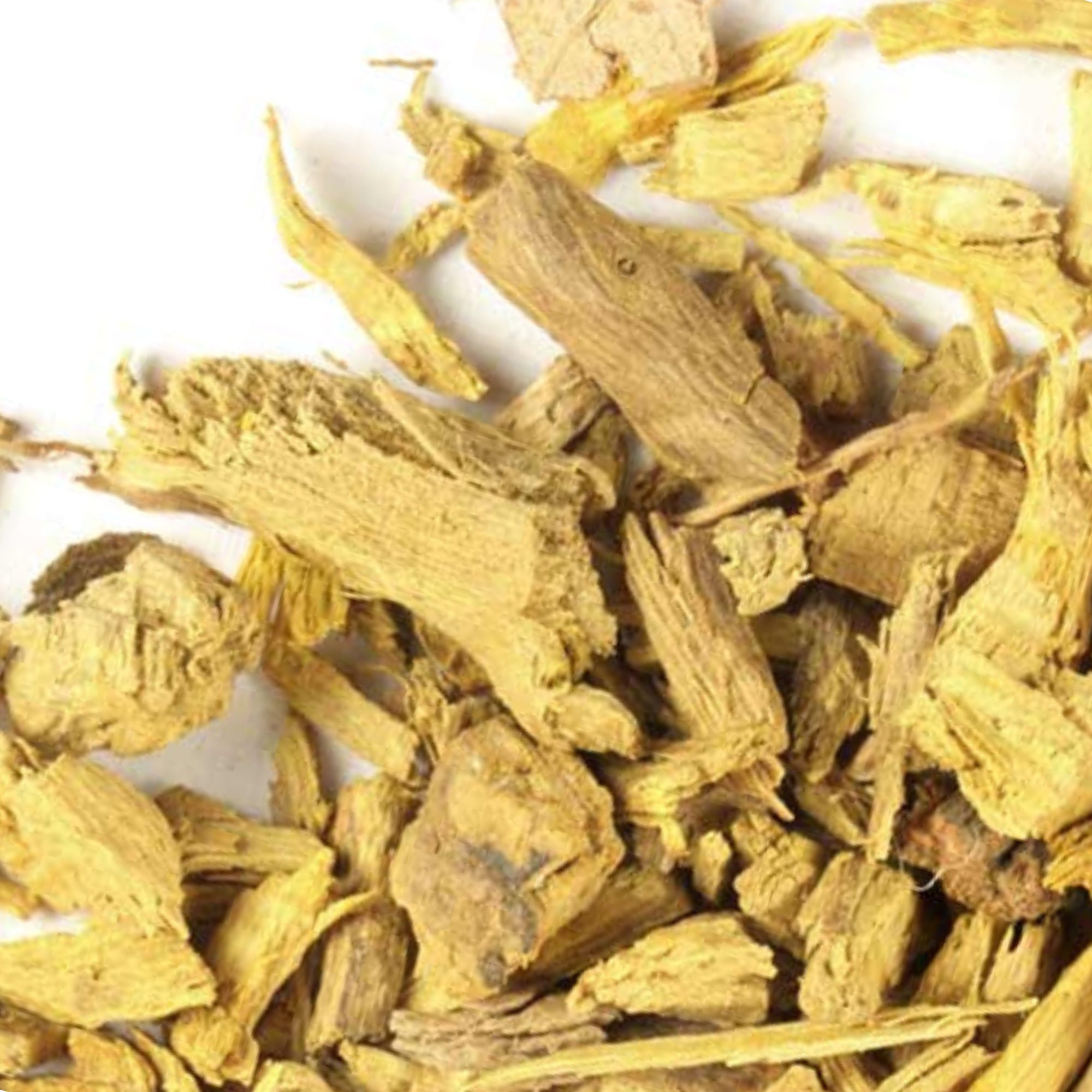 Mimosa Hostilis: A Versatile Plant with a Rich History
Mimosa Hostilis: A Versatile Plant with a Rich History
The mimosa hostilis plant, also known as mimosa jurema or mimosa tenuiflora, is a highly popular item with a long history of use in psychedelic and shamanic contexts. Its roots have been used in oral combinations for centuries, making it a unique and powerful plant. However, it is important to note that while the effects of mimosa hostilis can be intense, they can also be dangerous if not used correctly.
Origins and Cultivation of Mimosa Hostilis
Mimosa hostilis is a plant that can be found in the Brazilian woods of South America. Its natural habitat allows it to produce potent and natural alkaloids, which give it similar characteristics to LSD but in a more potent form. The plant is often used in the cultures of many indigenous tribes, blending well with the surrounding tropical woods. Villagers often consume mixtures containing mimosa hostilis during celebrations due to their soothing and healing properties.
The Power of Mimosa Hostilis Bark Powder
Mimosa hostilis is a tree native to South America, particularly Brazil. The inner root bark of the tree is carefully extracted to create a pure powdered form. It undergoes a drying process that takes two to three weeks to ensure that the final product is completely dry and free from moisture. This extraction technique guarantees a high-quality powdered root bark, and it is harvested sustainably to avoid any damage to the natural tree population.
Versatile Uses of Mimosa Hostilis Root Bark
The applications of mimosa hostilis root bark are incredibly diverse and reflect the wide range of chemicals found in its bark. It has a long history of use in traditional medicine, particularly in the Mayan and other indigenous civilizations of Mexico and Brazil. The powdered bark was commonly used to treat wounds, burns, skin diseases, toothaches, and various internal ailments. It was often brewed into a tea for internal use, highlighting its widespread use in traditional medicine.
In contemporary times, the usage of mimosa hostilis has expanded and evolved alongside advances in science and technology. It is now a popular ingredient in skincare products such as creams, lotions, and serums due to its skin-nourishing properties. It is also used in treatments for burns, scars, and other skin injuries, thanks to its ability to promote wound healing and regeneration. Additionally, mimosa tenuiflora can be found in dietary supplements within the health industry, as it offers potential benefits for overall well-being and digestive health.
Furthermore, mimosa tenuiflora has applications outside of the health and beauty sectors. Its bark, rich in tannins, is used in the textile industry for leather preparation. In certain areas, the wood of the mimosa hostilis tree is even used as fuel. The wide range of potential uses for mimosa hostilis root bark showcases its diverse composition and beneficial qualities, making it a valuable resource in various industries.
The Positive Effects of Mimosa Hostilis
Many components of the mimosa hostilis plant are utilized in medicines. For instance, drinking tea made from its leaves can provide relief from pain and smoking. It can also be used as a natural cough suppressant for chronic coughing and bronchitis. Mimosa hostilis root bark extract can be used to create a beverage with numerous health benefits, often employed in spiritual practices to induce a mystical or profound experience. Some individuals opt for the plant’s DMT derivative instead of MAOIs, as it produces mild and transient psychedelic effects when taken without MAOIs.
In conclusion, mimosa hostilis is an extraordinary plant with a rich history and diverse applications. Its roots have been used for centuries in traditional medicine, and it continues to find new uses in contemporary industries such as skincare and textiles. The positive effects of mimosa hostilis, both in terms of health and spiritual experiences, make it a highly sought-after plant. However, it is crucial to use it responsibly and with proper knowledge to ensure safety and maximize its benefits.

